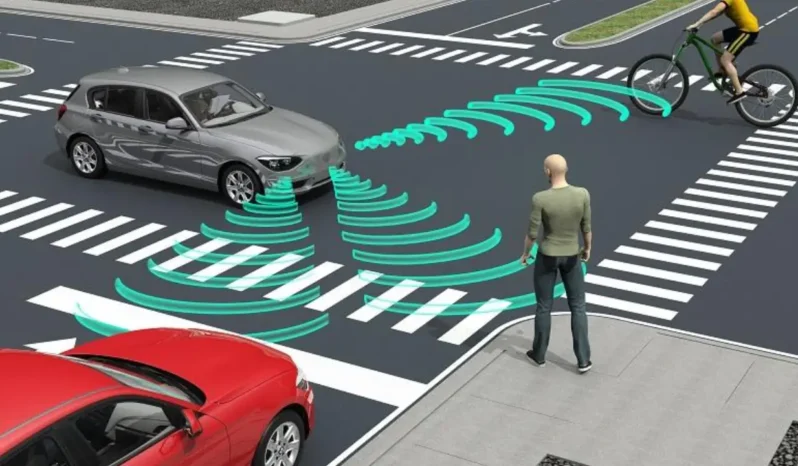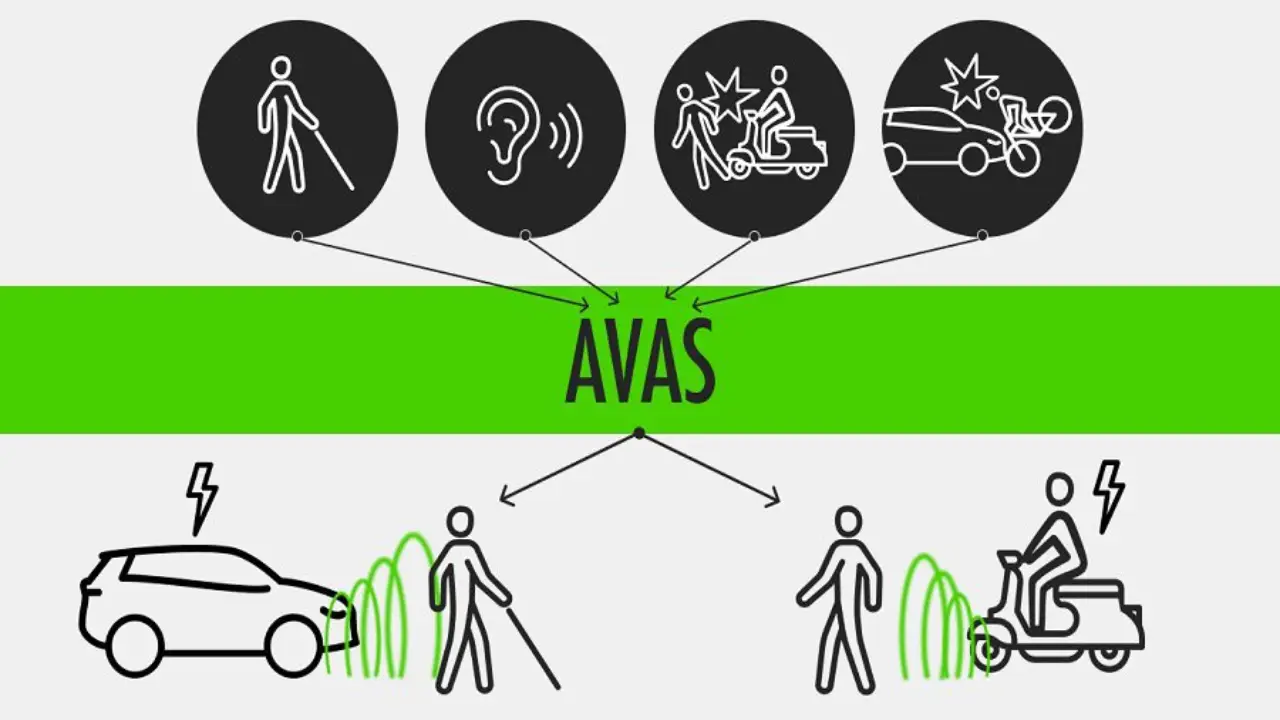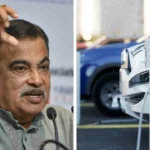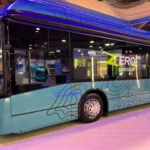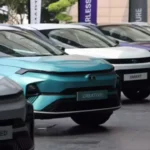India’s government has unveiled a new rule mandating all electric passengers. Freight vehicles to be equipped with an Acoustic Vehicle Alerting System (AVAS). To enhance pedestrian safety in the age of silent electric mobility.
New Regulation: What’s Changing
Starting from October 1, 2026, all new electric vehicles, vans, buses, and trucks. Those being sold in India will have to have AVAS as a standard fitment. Existing models being manufactured will have to adhere by October 1, 2027. Providing manufacturers with a window for fitting current platforms. The order will be implemented for vehicles in categories M (passenger) and N (goods). But is surprisingly excluding two-wheelers, three-wheelers, and electric rickshaws currently.
Why AVAS Matters
In contrast to traditional vehicles, electric cars make very little or no noise at slow speeds. The quietness can become hazardous. Particularly for pedestrians, cyclists, and the visually impaired. The AVAS technology produces a clear, synthetic sound whenever the vehicle is traveling at low speed or reversing. Enabling individuals around it to hear incoming EVs more easily.
Key Technical Details
- AVAS activates at speeds below 20 km/h and also during reversing maneuvers.
- The system turns off at over 20 km/h, where tire and wind noise are usually adequate.
- All AVAS will have to comply with the sound level and frequency limits of India’s AIS-173 standard.
How AVAS Works?
AVAS operates automatically whenever EVs move at speeds below 20 km/h or when reversing. Making a standardized noise according to India’s AIS-173 standard. As soon as speeds cross 20 km/h, natural sounds such as tire and wind become audible, and AVAS turns off. The produced sound profile is intended to be audible but not disturbing.
Industry Response
The Ministry said, “AVAS will be mandatory for all new electric vehicles in the concerned categories from next year, as per our road safety commitment.” EV makers like Tata and Mahindra have already started equipping some models with AVAS technology. To comply with the mandate in time. Companies appreciate the clarity and global harmonization, although retrofitting could be a challenge.
ELCTRIK Speaks
The government is concluding technical standards and compliance norms following public comment. The companies will have to ensure new launches and production are compliant with the requirements. While owners may be provided with retrofitting options as deadlines near. The rule marks India’s push to harmonize cutting-edge auto tech. City safety as the EV market charges ahead.

